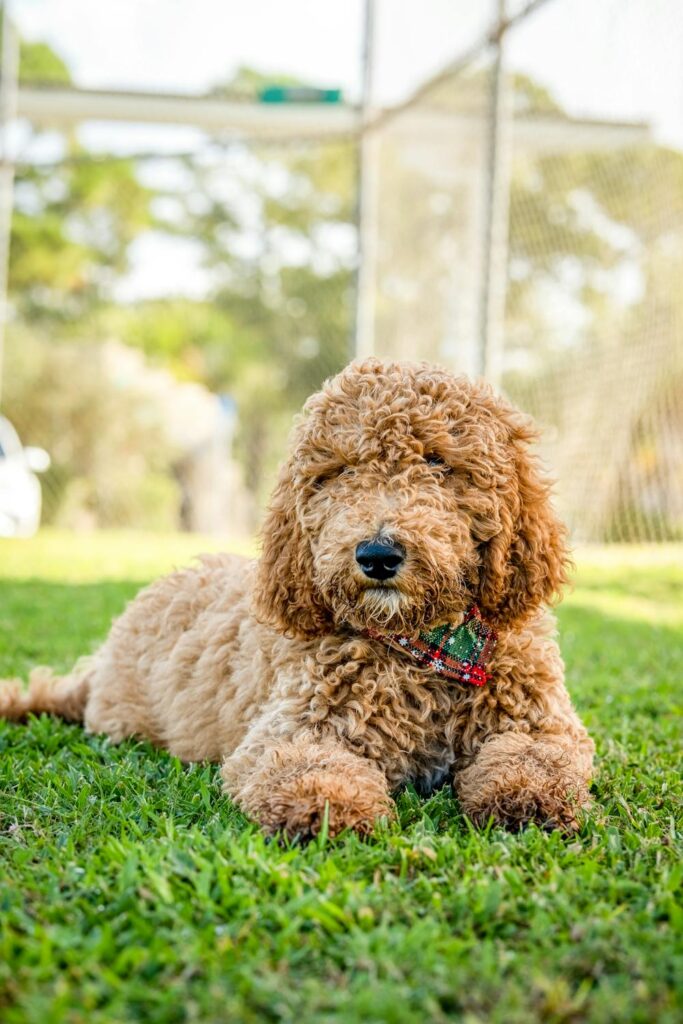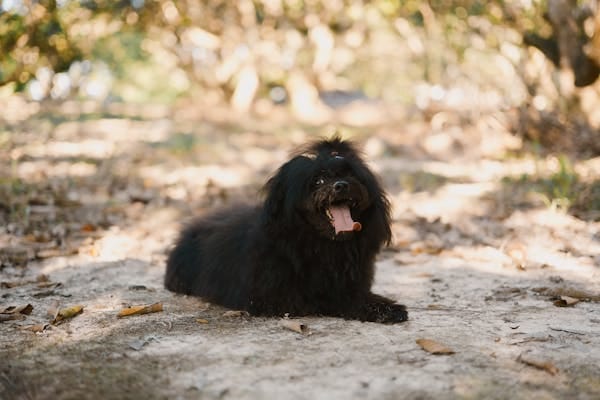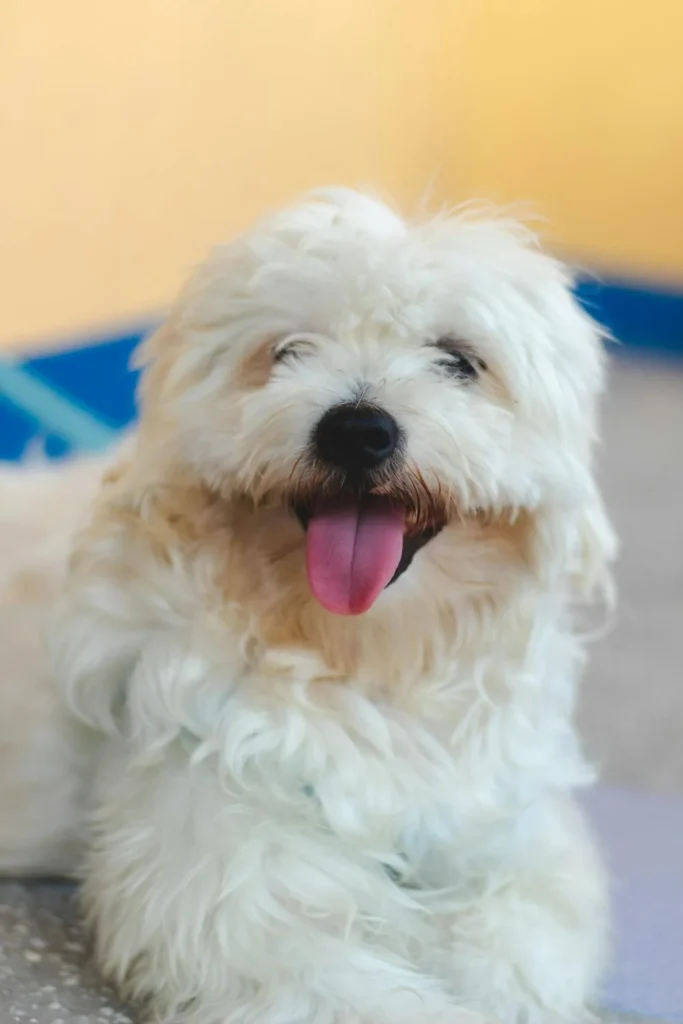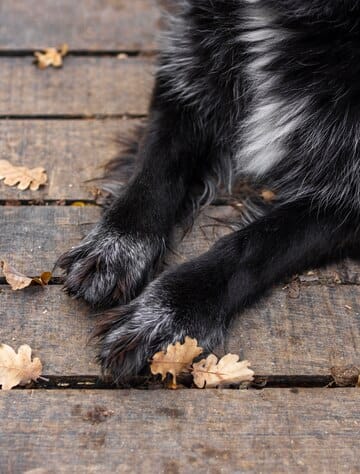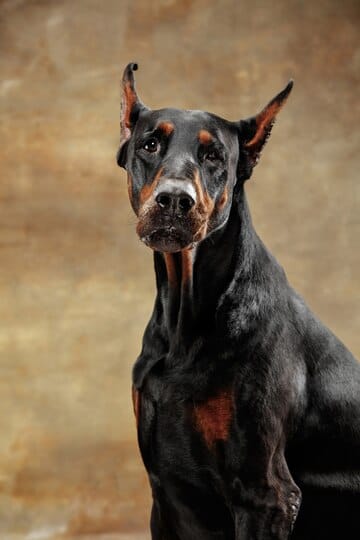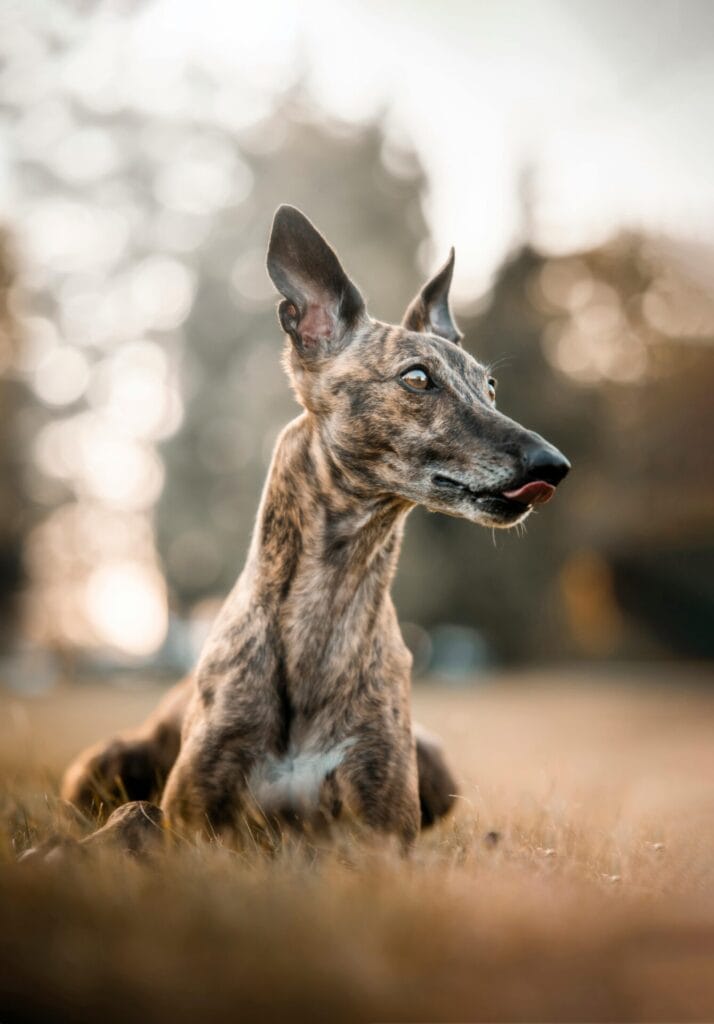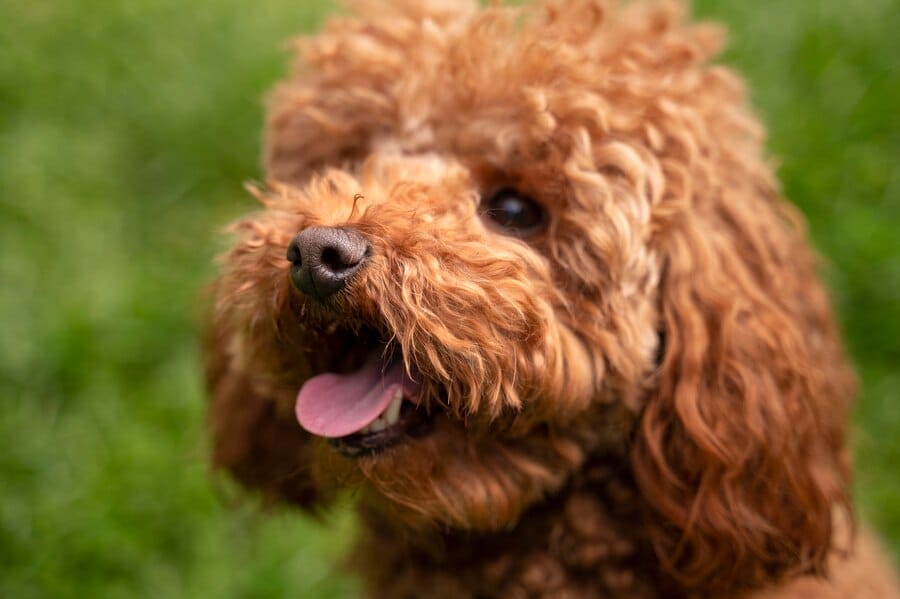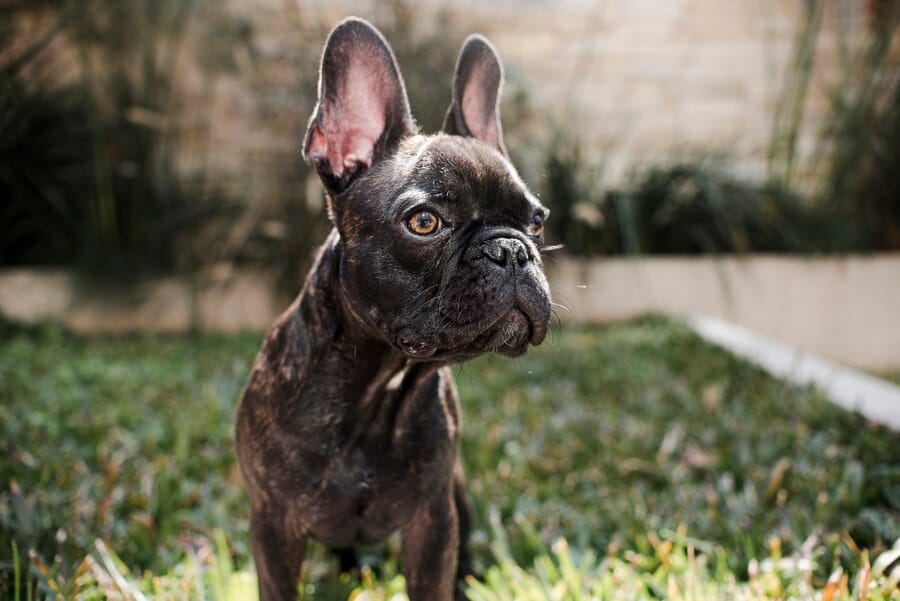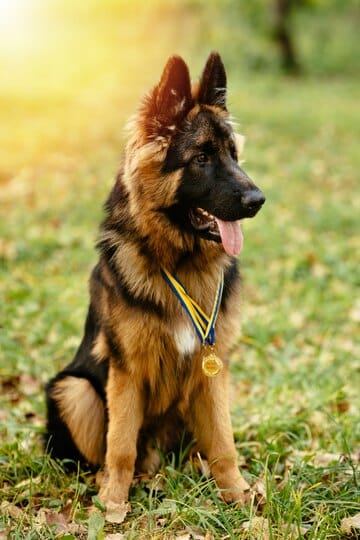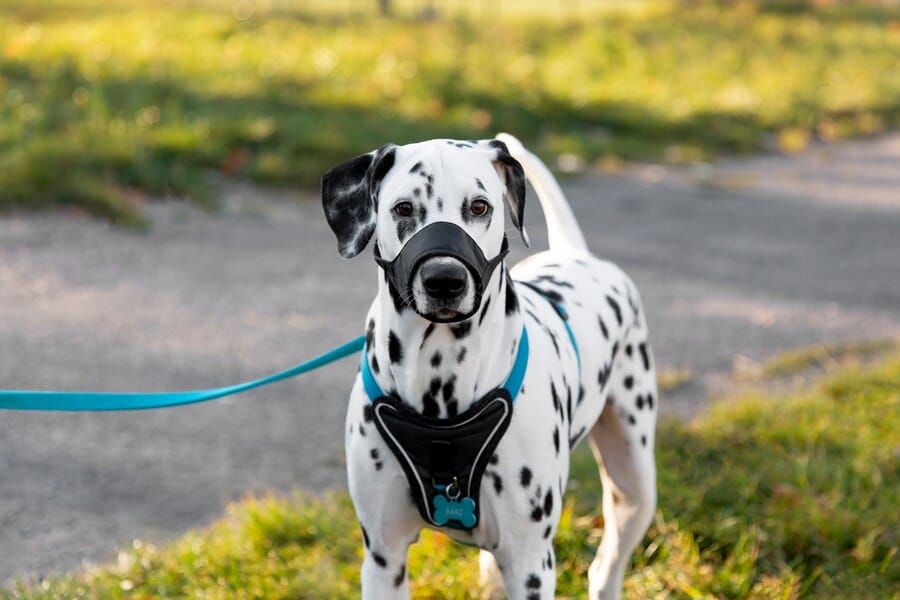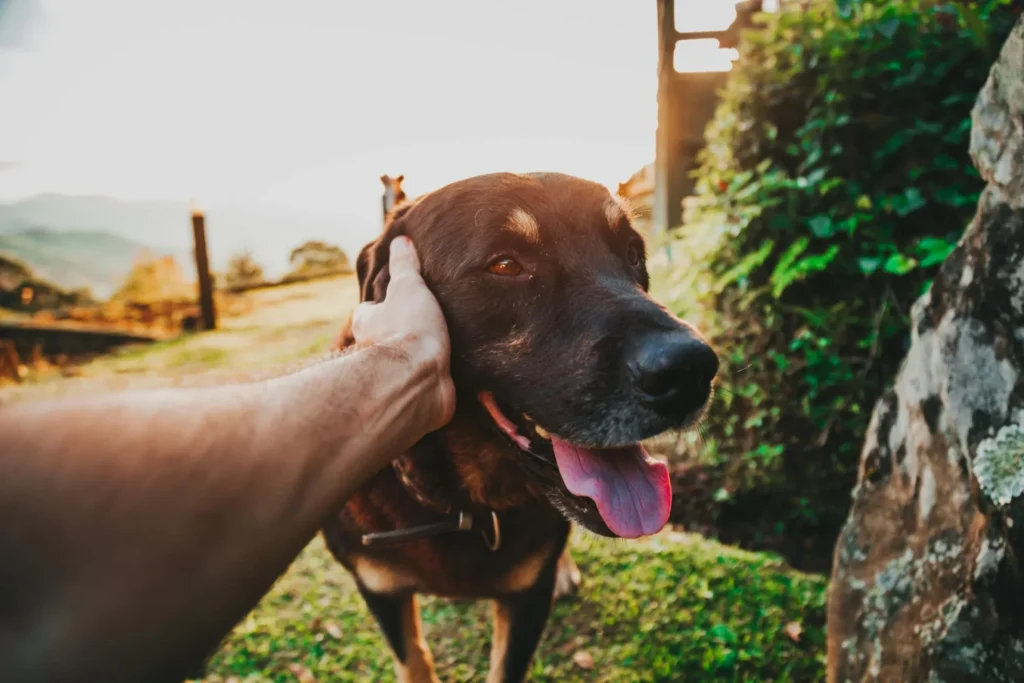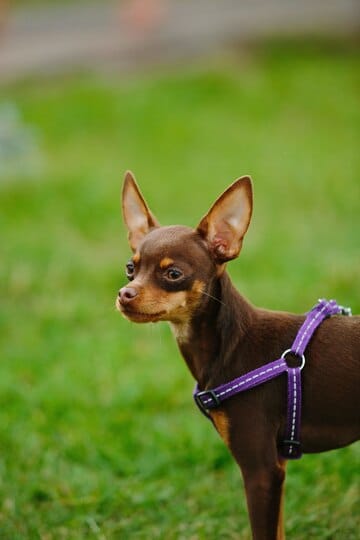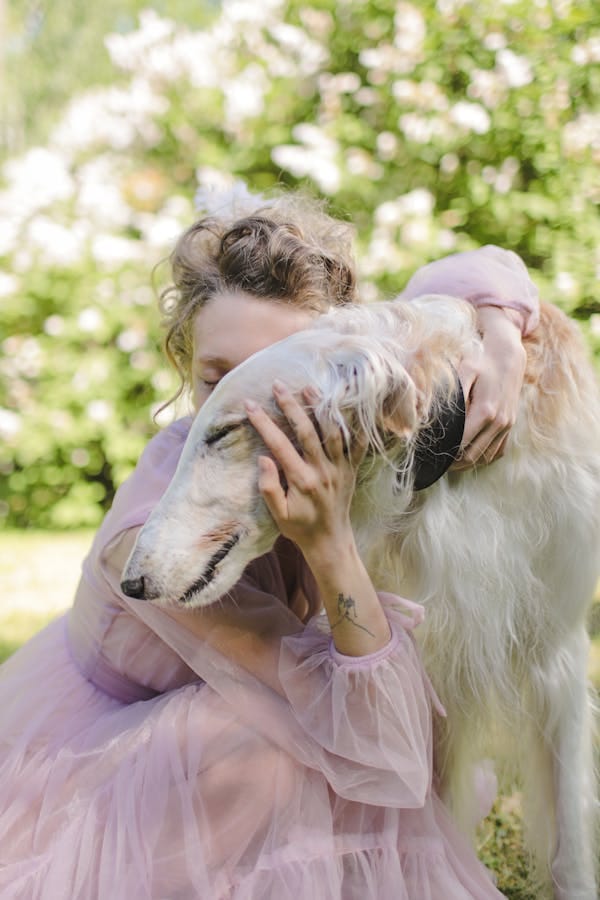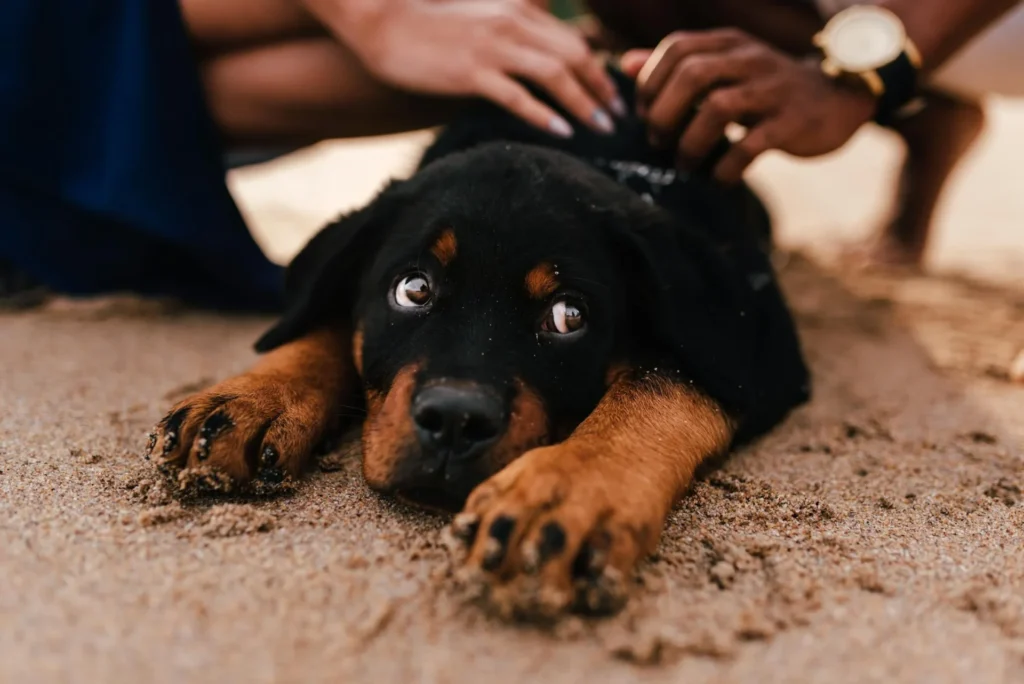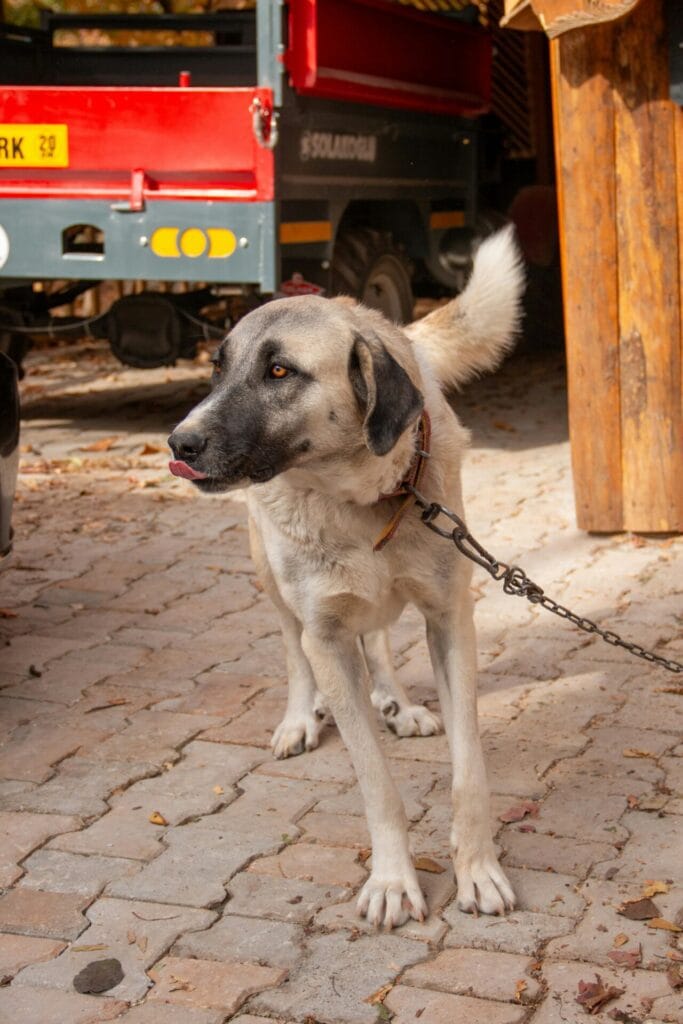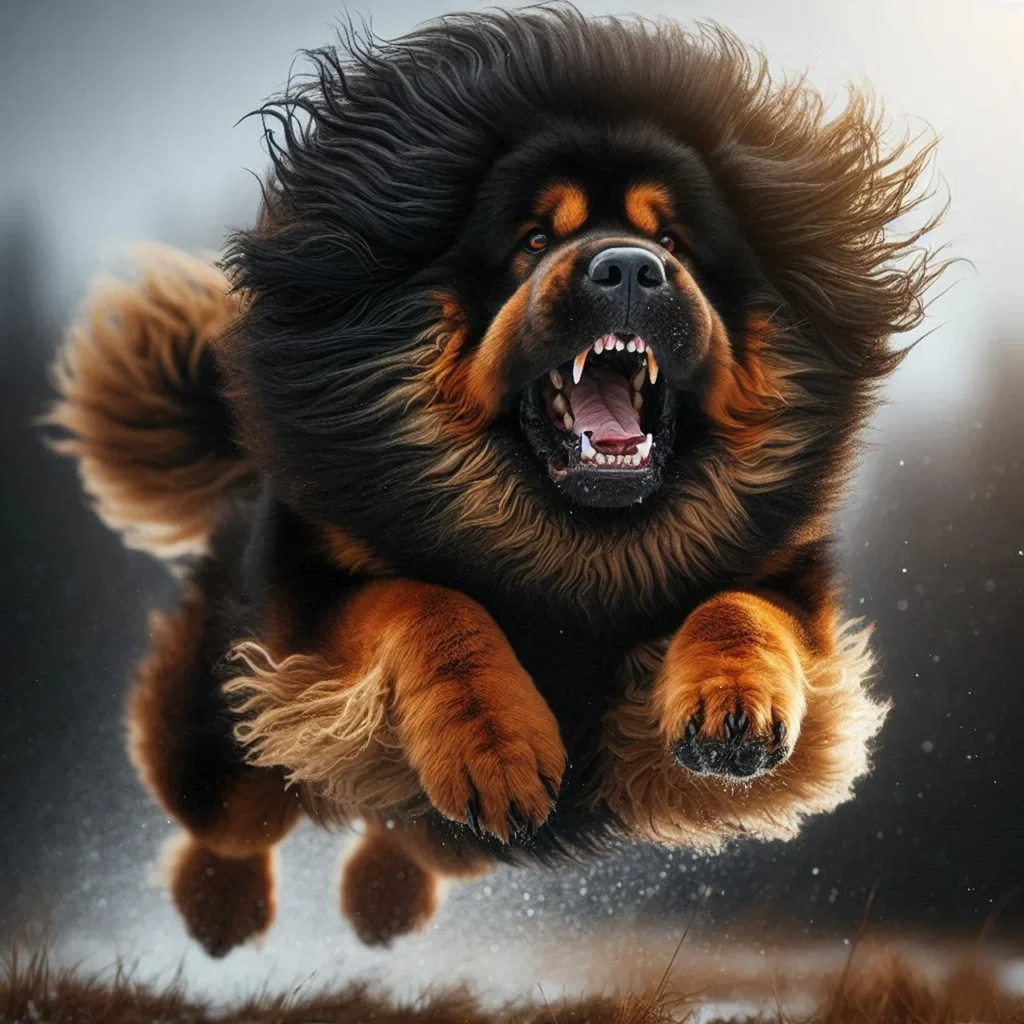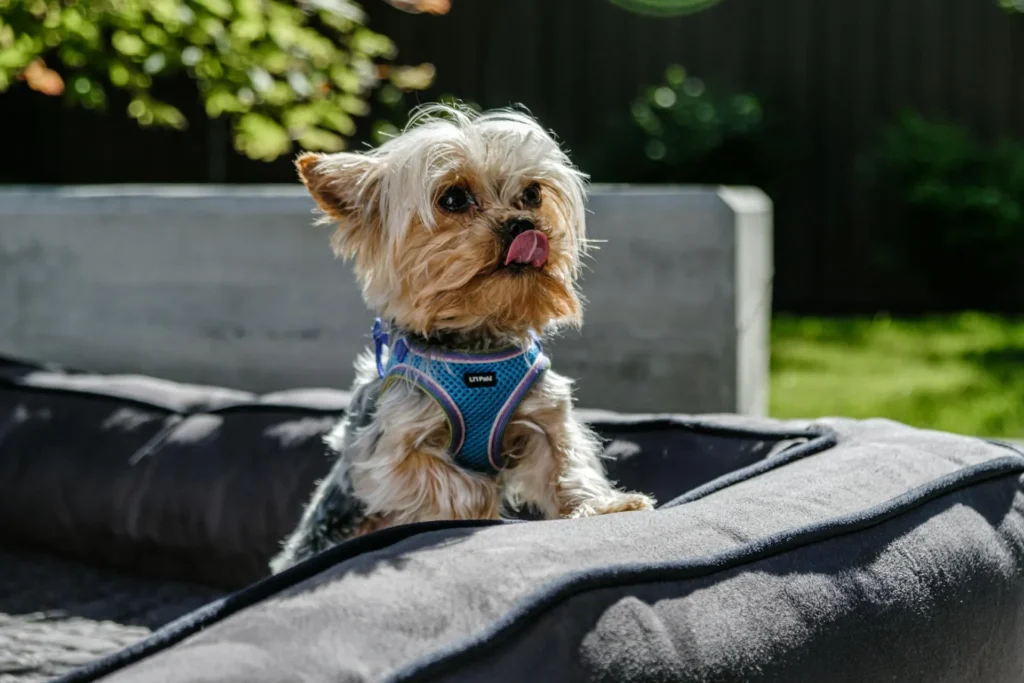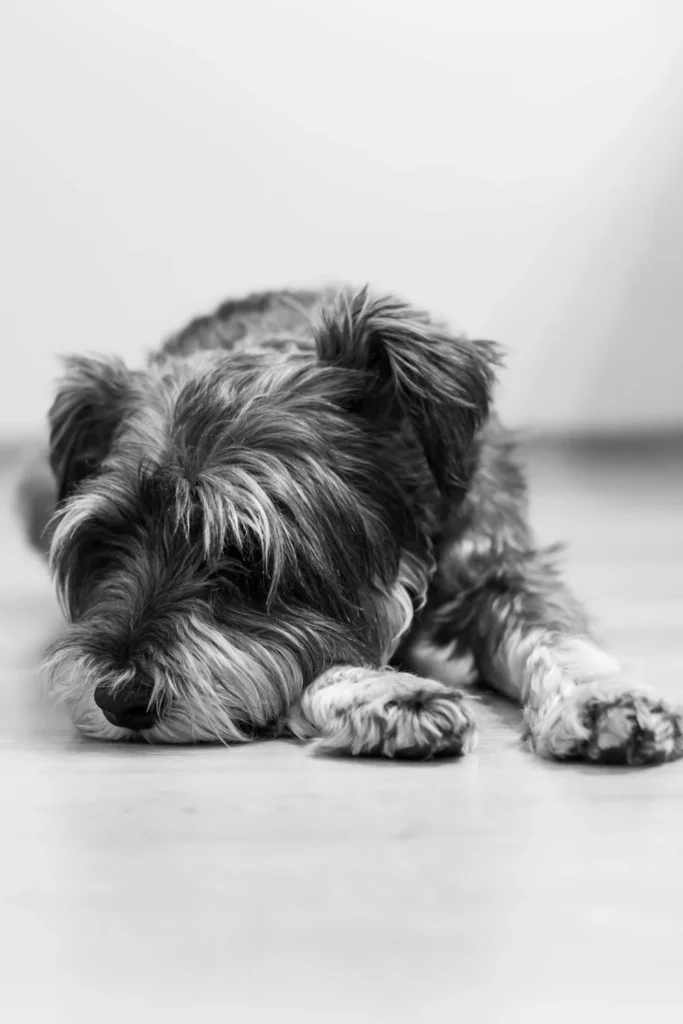- Introduction: The Tale of Two Names, One Magnificent Dog 🏆
- The Name Game: Alsatian vs German Shepherd
- A Walk Through History: Origins of the Breed
- Physical Characteristics: What Makes a German Shepherd?
- Temperament and Personality: The Heart of the Breed
- Training and Exercise: Keeping Your Shepherd Happy
- Health Concerns: What to Watch Out For
Introduction: The Tale of Two Names, One Magnificent Dog 🏆
Ever found yourself scratching your head 🤔, wondering about the difference between an Alsatian and a German Shepherd? You’re not alone! This confusion has puzzled dog lovers for decades. But here’s the kicker: they’re actually the same breed! 🎉
In this deep dive, we’ll uncover the fascinating history, characteristics, and quirks of this beloved canine. We’ll explore why these dogs sometimes go by different names and what makes them stand out in the world of working and companion dogs. Whether you’re a seasoned German Shepherd owner or just curious about these majestic animals, buckle up for an exciting journey into the world of Alsatians and German Shepherds! 🚀
The Name Game: Alsatian vs German Shepherd
Let’s kick things off with the million-dollar question: Why are German Shepherds called Alsatians? 🤔💰
The story behind this name swap is as fascinating as the breed itself. It all boils down to a bit of post-World War I politics and PR. Here’s the scoop:
- Origin of the name “German Shepherd”:
- The breed was originally developed in Germany (more on that later!)
- It was known as the “Deutscher Schäferhund,” which literally translates to “German Shepherd Dog”
- Enter World War I:
- After the war, anti-German sentiment was high in many countries
- Anything with “German” in the name became unpopular 😕
- The British solution:
- In 1917, the UK Kennel Club decided to rename the breed
- They chose “Alsatian Wolf Dog,” later shortened to just “Alsatian”
- Why Alsatian?:
- Alsace is a region on the border of France and Germany
- The area was known for its shepherd dogs, similar to German Shepherds
- The name stuck:
- For decades, the breed was known as Alsatian in the UK and some Commonwealth countries
- In 1977, efforts began to change the name back to German Shepherd
- The UK Kennel Club finally reverted to “German Shepherd Dog” in 2010
So there you have it! The Alsatian and the German Shepherd are one and the same. It’s just a case of different names for the same wonderful dog. 🐾
Here’s a quick comparison to clear things up:
| Aspect | Alsatian | German Shepherd |
|---|---|---|
| Origin | Germany | Germany |
| Breed Standard | Identical | Identical |
| Temperament | Same | Same |
| Physical Characteristics | Same | Same |
| Working Abilities | Same | Same |
As you can see, whether you call them Alsatians or German Shepherds, you’re talking about the same incredible breed. Now that we’ve cleared up the name confusion, let’s dive deeper into what makes these dogs so special! 🏊♂️
A Walk Through History: Origins of the Breed
Strap in, time travelers! 🕰️ We’re about to take a journey back to the late 19th century to uncover the origins of our beloved German Shepherd.
The Visionary Behind the Breed 👨🦳
Our story begins with a man named Max von Stephanitz. Born in 1864, von Stephanitz was a German cavalry officer with a passion for dog breeding. He had a vision: to create the perfect working dog. Little did he know, his efforts would result in one of the most popular dog breeds in the world! 🌍
The Birth of the German Shepherd 🐕
In 1899, von Stephanitz attended a dog show where he saw a dog named Hektor Linksrhein. Impressed by the dog’s intelligence, strength, and loyalty, von Stephanitz purchased Hektor on the spot. He then renamed the dog Horand von Grafrath and registered him as the first German Shepherd Dog.
Key milestones in the breed’s early history:
- 1899: Horand becomes the first registered German Shepherd
- 1899: Von Stephanitz founds the Verein für Deutsche Schäferhunde (Society for German Shepherd Dogs)
- Early 1900s: The breed gains popularity as a working dog in Germany
From Herding to Heroics 🦸♂️
Originally bred for herding sheep, German Shepherds quickly proved their versatility:
- World War I: They served as messengers, rescuers, and sentries
- Police work: Their intelligence made them ideal for law enforcement
- Guide dogs: Their loyalty and trainability made them excellent assistance dogs
Global Recognition 🌐
The breed’s popularity spread rapidly:
- 1908: First German Shepherds arrived in the United States
- 1913: German Shepherd Dog Club of America founded
- 1920s: Rin Tin Tin, a famous German Shepherd actor, boosts the breed’s popularity worldwide
Evolution of the Breed Standard 📏
Over the years, the breed standard has evolved:
- Early years: Focus on working ability and versatility
- Mid-20th century: Increased emphasis on appearance in some lines
- Today: Efforts to balance working ability and conformation
The German Shepherd Today 🎉
From its humble beginnings as a herding dog, the German Shepherd has become:
- One of the most popular breeds worldwide
- A top choice for police and military work
- A beloved family companion
As we can see, the rich history of the German Shepherd is a testament to the breed’s versatility, intelligence, and enduring appeal. From herding sheep to starring in Hollywood, these dogs have done it all! 🌟
Now that we’ve explored their fascinating past, let’s move on to what makes a German Shepherd look like a German Shepherd. Get ready for some canine anatomy 101! 🔬
Physical Characteristics: What Makes a German Shepherd?
Alright, dog lovers! 🐾 Let’s paint a picture of what makes a German Shepherd stand out in the canine crowd. These dogs are like the supermodels of the dog world – athletic, powerful, and with a distinctive look that turns heads wherever they go. 🤩
The German Shepherd Silhouette 🖼️
Picture this: a dog with a noble, alert expression, ears standing tall like a pair of radar dishes, ready to catch every sound. Their body is longer than it is tall, giving them that distinctive German Shepherd profile.
Key physical traits:
- Size: Medium to large
- Weight:
- Males: 65-90 lbs (29-41 kg)
- Females: 50-70 lbs (23-32 kg)
- Height at shoulder:
- Males: 24-26 inches (61-66 cm)
- Females: 22-24 inches (56-61 cm)
Head and Face: The Windows to the Soul 👀
- Eyes: Almond-shaped, dark, and intelligent-looking
- Ears: Erect, pointed, and always on alert
- Muzzle: Long and strong, perfect for their powerful bite
Body: Built for Action 💪
- Neck: Strong and muscular
- Chest: Deep and well-muscled
- Back: Slightly sloped from shoulders to hips
- Tail: Bushy and slightly curved, often described as saber-like
Coat: A Rainbow of Possibilities 🌈
German Shepherds come in a variety of colors and patterns. The most common are:
- Black and tan
- Sable
- All black
- All white (though not recognized by some kennel clubs)
They have a double coat:
- Outer coat: Dense, straight, and harsh
- Undercoat: Thick and soft
The German Shepherd Gait: Poetry in Motion 🏃♂️
One of the most distinctive features of a German Shepherd is their gait. When they trot, it’s a sight to behold:
- Smooth and rhythmic
- Covers maximum ground with minimum effort
- Demonstrates power and endurance
Size Comparison Chart 📊
To give you a better idea of how German Shepherds stack up, here’s a comparison with some other popular breeds:
| Breed | Average Weight (lbs) | Average Height (inches) |
|---|---|---|
| German Shepherd | 65-90 (male), 50-70 (female) | 24-26 (male), 22-24 (female) |
| Labrador Retriever | 65-80 (male), 55-70 (female) | 22.5-24.5 (male), 21.5-23.5 (female) |
| Golden Retriever | 65-75 (male), 55-65 (female) | 23-24 (male), 21.5-22.5 (female) |
| Rottweiler | 95-135 (male), 80-100 (female) | 24-27 (male), 22-25 (female) |
As you can see, German Shepherds are well-built, muscular dogs with a size that’s just right for both work and play. Their physical characteristics make them well-suited for a variety of tasks, from herding to police work to being fantastic family companions.
But remember, looks aren’t everything! 😉 Next up, we’ll dive into what really makes a German Shepherd special – their amazing personality and temperament. Get ready to fall in love! ❤️
Temperament and Personality: The Heart of the Breed
Now that we’ve admired the German Shepherd’s dashing good looks, let’s peek inside and discover what really makes these dogs tick. After all, true beauty comes from within, right? 😉
The German Shepherd Personality: A Complex Tapestry 🧵
German Shepherds are like the Swiss Army knives of the dog world – versatile, reliable, and always ready for action. Their personality is a beautiful blend of seemingly contradictory traits:
- Loyal yet Independent: They’ll stick by your side through thick and thin, but they’re not clingy lap dogs.
- Protective but Friendly: They’ll guard your home with their life, but they’re not aggressive without reason.
- Serious Workers and Playful Companions: They excel at jobs, but they also know how to let loose and have fun.
Key Personality Traits 🔑
Let’s break down the core elements of a typical German Shepherd’s personality:
- Intelligence 🧠: These dogs are scary smart. They can learn complex tasks and solve problems that would leave other dogs scratching their heads.
- Loyalty ❤️: Once you’ve earned a German Shepherd’s trust, you’ve got a friend for life. They’re often called “velcro dogs” because of how they stick to their favorite humans.
- Courage 🦸♂️: German Shepherds are brave to a fault. They’ll face any threat to protect their loved ones.
- Alertness 🚨: With those radar-dish ears, they’re always on guard. They make excellent watchdogs.
- Confidence 😎: Well-raised German Shepherds are self-assured and composed. They don’t scare easily.
- Trainability 🎓: Their intelligence and eagerness to please make them highly trainable. They excel in obedience, agility, and various dog sports.
- Energy ⚡: These dogs are not couch potatoes. They need plenty of exercise and mental stimulation to stay happy.
The German Shepherd’s Emotional Range 🌈
Like humans, German Shepherds experience a wide range of emotions. Here’s a fun emoji chart to illustrate:
| Emotion | Emoji | Description |
|---|---|---|
| Joy | 😄 | When playing or working on a task |
| Curiosity | 🧐 | When encountering new situations |
| Protectiveness | 🦸♂️ | When they sense a threat to their family |
| Affection | 🥰 | When cuddling with their favorite humans |
| Boredom | 😒 | When not given enough mental or physical stimulation |
| Excitement | 🤪 | When it’s time for a walk or their favorite game |
Interaction with Family Members 👨👩👧👦
German Shepherds are fantastic family dogs, but their interactions can vary:
- With Children: Generally patient and protective, but supervision is always recommended due to their size and strength.
- With Other Dogs: Can be dominant, especially with same-sex dogs. Early socialization is key.
- With Cats and Other Pets: Can coexist peacefully if introduced early, but their herding instinct may kick in.
The Importance of Socialization 🐾🌍
Due to their protective nature, early and continued socialization is crucial for German Shepherds. This helps them distinguish between normal situations and genuine threats, making them well-adjusted adult dogs.
A Day in the Life of a German Shepherd’s Emotions 📅
To give you a better idea of a German Shepherd’s emotional life, let’s walk through a typical day:
- Morning 🌅: Excited for breakfast and the day ahead
- Walk Time 🚶♂️: Joy and alertness as they explore the neighborhood
- Home Alone 🏠: Periods of rest interspersed with watchful guarding
- Family Time 👪: Contentment and affection as they interact with their humans
- Playtime 🎾: Excitement and focus during games or training sessions
- Bedtime 🌙: Relaxed but still alert, always ready to protect
Understanding the complex personality of a German Shepherd is key to forming a strong bond with these amazing dogs. Their loyalty, intelligence, and versatility make them incredible companions for the right families.
But with great personality comes great responsibility! 😉 In our next section, we’ll explore how to channel all that German Shepherd energy and brainpower through proper training and exercise. Get ready for some fun and games! 🎮🏋️♂️
Training and Exercise: Keeping Your Shepherd Happy
Alright, folks! 👋 We’ve admired the German Shepherd’s looks and fallen in love with their personality. Now it’s time to talk about how to keep that beautiful mind and body in tip-top shape. Buckle up, because training and exercising a German Shepherd is like piloting a rocket ship – it’s challenging, exciting, and incredibly rewarding! 🚀
The Importance of Training 🎓
German Shepherds are like the high school overachievers of the dog world – they’re smart, eager to please, and always ready to learn. But without proper guidance, all that potential can turn into mischief faster than you can say “Who chewed my shoes?” 👟
Key points about German Shepherd training:
- Start Early: The earlier you start training, the better. Puppies are like little sponges, soaking up everything you teach them. 🧽
- Consistency is Key: German Shepherds thrive on routine. Stick to your training schedule and rules to avoid confusion. 📅
- Positive Reinforcement: These smart pups respond best to reward-based training. Treats, praise, and play are your best friends here! 🦴👏🎾
- Mental Stimulation: German Shepherds need to exercise their brains as much as their bodies. Puzzle toys, training sessions, and games can help keep their minds sharp. 🧠🧩
- Socialization: Expose your German Shepherd to various people, animals, and situations from a young age. This helps prevent fear and aggression issues later on. 🐕🐈👥
Training Techniques for German Shepherds 📚
Let’s break down some effective training methods:
- Clicker Training: A great way to mark desired behaviors precisely. 👆🏽click
- Obedience Training: Start with basic commands like sit, stay, come, and down. Then move on to more advanced skills. 🐕🦺
- Agility Training: Fantastic for physical exercise and mental stimulation. Plus, it’s a blast for both dog and owner! 🏃♂️🐕
- Scent Work: Taps into their natural tracking abilities and provides great mental exercise. 👃
- Trick Training: Fun way to bond and show off your pup’s smarts. Who doesn’t want a dog that can bring them a beer from the fridge? 🍺😉
Exercise Needs: Burning That German Shepherd Energy ⚡
German Shepherds are like furry batteries – they store up a lot of energy and need regular outlets to discharge it. Here’s what they need:
- Daily Walks: At least 1-2 hours of walking per day, split into multiple sessions. 🚶♂️🐕
- Playtime: Fetch, tug-of-war, or frisbee can be great fun and exercise. 🎾🥏
- Swimming: Many German Shepherds love water, and swimming is excellent low-impact exercise. 🏊♂️
- Hiking: For the adventurous duos out there, hiking can be a great bonding experience. 🏞️
- Dog Sports: Agility, flyball, or herding trials can be fantastic outlets for their energy and skills. 🏆
Exercise Intensity Chart 📊
Here’s a quick guide to different exercises and their intensity levels:
| Activity | Intensity | Duration | Frequency |
|---|---|---|---|
| Walking | Low-Moderate | 30-60 mins | 2x daily |
| Running | High | 20-30 mins | 3-4x weekly |
| Swimming | Moderate | 15-30 mins | 2-3x weekly |
| Fetch | Moderate-High | 15-20 mins | Daily |
| Agility | High | 30-60 mins | 2-3x weekly |
Remember, every dog is unique. Adjust these recommendations based on your German Shepherd’s age, health, and fitness level.
Mental Exercise: Keeping That Shepherd Brain Busy 🧠
Don’t forget about mental exercise! Here are some ideas:
- Puzzle Toys: Great for problem-solving skills. 🧩
- Hide and Seek: With toys or treats, or even yourself! 🙈
- Training Sessions: Short, fun sessions throughout the day. 📚
- Nose Work: Hide treats around the house or yard for your dog to find. 👃
- New Experiences: Regular trips to new places can provide mental stimulation. 🌎
The Golden Rule of German Shepherd Exercise 🌟
A tired German Shepherd is a good German Shepherd! Regular exercise and mental stimulation will help prevent destructive behaviors and keep your furry friend happy and healthy.
Training and Exercise Through the Ages 🐾
Remember, your German Shepherd’s needs will change as they age:
- Puppies (0-1 year): Focus on socialization, basic obedience, and short play sessions. Don’t overdo exercise as their joints are still developing.
- Adults (1-7 years): This is when they’re in their prime. Full exercise routines and advanced training can be implemented.
- Seniors (7+ years): Lower impact activities, shorter durations, but still maintain mental stimulation.
Training and exercising a German Shepherd is a big commitment, but the rewards are immeasurable. You’ll have a well-behaved, happy, and healthy companion who’s always ready for the next adventure! 🎉
Now that we’ve got your German Shepherd’s body and mind in shape, let’s talk about keeping them healthy in the long run. In our next section, we’ll dive into common health concerns for German Shepherds and how to keep your furry friend in tip-top condition. Stay tuned! 🏥🐾
Health Concerns: What to Watch Out For
Alright, pet parents and German Shepherd enthusiasts! 👨⚕️👩⚕️ We’ve covered the fun stuff, but now it’s time to talk about something a bit more serious – health. Like all breeds, German Shepherds have their share of potential health issues. But don’t worry! Knowledge is power, and being aware of these concerns can help you keep your furry friend healthy and happy for years to come. 💪🐕
Common Health Issues in German Shepherds 🏥
Let’s break down some of the health concerns that are more common in German Shepherds:
- Hip Dysplasia: A genetic condition where the hip joint doesn’t fit properly into the hip socket. 🦴
- Symptoms: Lameness, difficulty rising, reluctance to run or climb stairs
- Management: Weight control, exercise modification, anti-inflammatory medications, in severe cases, surgery
- Elbow Dysplasia: Similar to hip dysplasia, but affecting the elbow joint. 💪
- Symptoms: Lameness in front legs, stiffness after rest
- Management: Similar to hip dysplasia
- Degenerative Myelopathy: A progressive disease of the spinal cord. 🧠
- Symptoms: Weakness and loss of coordination in hind legs, progressing to paralysis
- Management: Physical therapy, assistive devices, maintaining quality of life
- Bloat (Gastric Dilatation-Volvulus): A life-threatening condition where the stomach fills with gas and twists on itself. 🌪️
- Symptoms: Distended abdomen, unproductive vomiting, restlessness
- Management: Emergency veterinary care is crucial. Preventive surgery (gastropexy) can be considered
- Exocrine Pancreatic Insufficiency (EPI): A condition where the pancreas doesn’t produce enough digestive enzymes. 🥩
- Symptoms: Weight loss despite increased appetite, diarrhea, poor coat condition
- Management: Enzyme replacement therapy, dietary management
- Allergies: German Shepherds can be prone to various allergies. 🤧
- Symptoms: Itching, skin irritation, ear infections, gastrointestinal issues
- Management: Identifying and avoiding allergens, medications as needed
- Eye Problems: Including cataracts and progressive retinal atrophy. 👁️
- Symptoms: Cloudiness in eyes, night blindness, eventual vision loss
- Management: Regular eye exams, possible surgical intervention for cataracts
Health Issues Comparison Chart 📊
Here’s a quick reference guide to these common health issues:
| Health Issue | Prevalence | Typical Age of Onset | Genetic Component |
|---|---|---|---|
| Hip Dysplasia | High | 6 months – 2 years | Yes |
| Elbow Dysplasia | Moderate | 4-12 months | Yes |
| Degenerative Myelopathy | Moderate | 8+ years | Yes |
| Bloat | Moderate | Adult to senior | Possible |
| EPI | Low to Moderate | 1-5 years | Yes |
| Allergies | Moderate | Any age | Possible |
| Eye Problems | Low to Moderate | Varies | Some types |
Preventive Care: Keeping Your Shepherd Healthy 🛡️
The good news is, there’s a lot you can do to help prevent or manage these health issues:
- Regular Vet Check-ups: Annual (or bi-annual for seniors) veterinary exams can catch issues early. 👨⚕️
- Proper Nutrition: A balanced diet appropriate for their age and activity level is crucial. 🥩🥕
- Weight Management: Keeping your German Shepherd at a healthy weight reduces stress on joints and overall health risks. ⚖️
- Exercise: Regular, appropriate exercise keeps muscles strong and joints flexible. 🏃♂️🐕
- Dental Care: Regular teeth cleaning (by you and professionals) can prevent dental diseases. 🦷
- Genetic Testing: For breeding dogs, genetic tests can help reduce the risk of passing on hereditary conditions. 🧬
- Vaccinations: Keep your dog up to date on all necessary vaccinations. 💉
- Parasite Prevention: Regular flea, tick, and worm prevention is important. 🐛
The German Shepherd Health Timeline 📅
Here’s what to expect at different life stages:
- Puppyhood (0-1 year):
- Multiple puppy vaccinations
- Spaying/neutering (discuss timing with your vet)
- Watch for signs of hip or elbow dysplasia
- Adulthood (1-7 years):
- Annual check-ups
- Dental cleanings
- Monitor for allergies or digestive issues
- Senior Years (7+ years):
- Bi-annual check-ups
- Increased monitoring for age-related issues like arthritis or cognitive decline
- Possible adjustment of diet and exercise routines
When to Call the Vet: Red Flags 🚩
While regular check-ups are important, some signs warrant immediate veterinary attention:
- Difficulty breathing 😰
- Collapse or inability to stand 💫
- Severe vomiting or diarrhea 🤢
- Swollen, hard abdomen 🎈
- Seizures 😵
- Inability to urinate 💦
- Severe pain or limping 🦵
Remember, you know your dog best. If something seems off, it’s always better to err on the side of caution and consult your vet.
The Silver Lining ☀️
While this list of potential health issues might seem daunting, remember that many German Shepherds live long, healthy lives without experiencing these problems. With proper care, regular check-ups, and a lot of love, you can give your German Shepherd the best chance at a healthy, happy life.
Health is wealth, they say, and that’s as true for our furry friends as it is for us. By staying informed and proactive about your German Shepherd’s health, you’re setting the stage for many years of tail-wagging happiness! 🐾❤️

